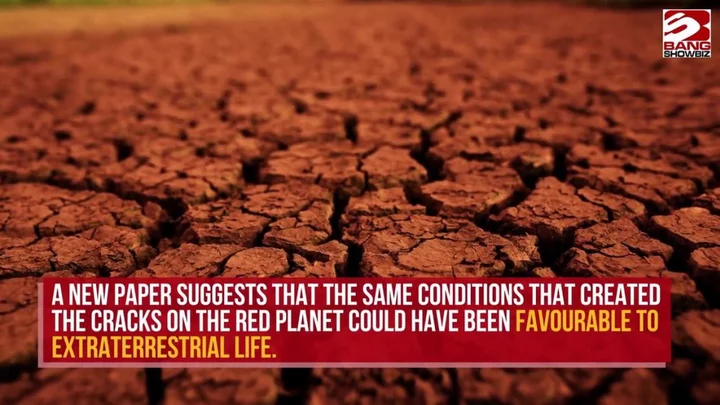A Nasa scientist has said chemicals found on Mars would be considered signs of ancient life if they were found on Earth, leading to suggestions the Red Planet could potentially have harboured life.
Dr Michelle Thaller said: “On Mars we see chemistry that on Earth, if it were here, we would say is due to life.
“But the question is, how well do we understand Mars and are we being fooled by something?”
It’s not a done deal, of course. Signs of ancient life that we find regularly on Earth may not mean the same thing elsewhere, particularly with the vastly different conditions between the two planets.
Dr Thaller told The Sun she is certain there is life out there in our solar system, but did not reveal the exact chemical substance that had been found.
Nasa has previously found methane on Mars, which it said “could have supported ancient life”, and the organisation has also revealed plans to look for amino acids that haven’t yet been destroyed by space radiation.
Organic chemicals like amino acids are used by archaeologists to determine whether life was present.
A blog post from the US space agency said: “Amino acids can be created by life and by non-biological chemistry.
“However, finding certain amino acids on Mars would be considered a potential sign of ancient Martian life because they are widely used by terrestrial life as a component to build proteins.
“Proteins are essential to life as they are used to make enzymes which speed up or regulate chemical reactions and to make structures.”
Alexander Pavlov of Nasa’s Goddard Space Flight Center in Greenbelt, Maryland, added: “Our results suggest that amino acids are destroyed by cosmic rays in the Martian surface rocks and regolith at much faster rates than previously thought.
“Current Mars rover missions drill down to about two inches (around five centimeters).
“At those depths, it would take only 20 million years to destroy amino acids completely.”
That may sound like a long time, but Nasa is looking for life that is billions of years old, because scientists think Mars would have been more like Earth back then.
Dr Thaller said it was important not to actually say there were signs of life until there is 100 per cent confirmation.
“The solar system may be teeming with simple life, microbial life.
“We just have to get that 100% certainty to say that we found it and we don’t have that yet.”
Sign up to our free Indy100 weekly newsletter
Have your say in our news democracy. Click the upvote icon at the top of the page to help raise this article through the indy100 rankings.

